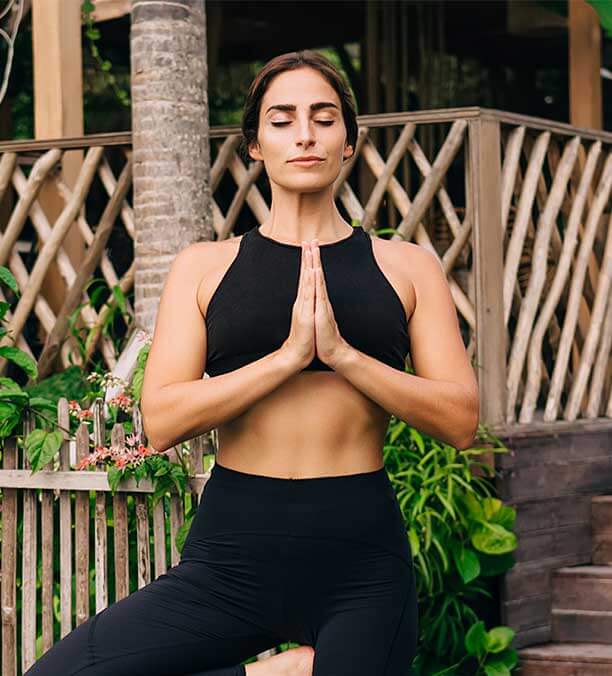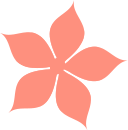BhujangAsana - Cobra Pose
Description:
Bhujangasana, or Cobra Pose, is a foundational backbend in yoga that stretches the chest, shoulders, and abdomen while strengthening the spine. The pose mimics the raised hood of a cobra, promoting flexibility and opening the heart center.
How to Perform Bhujangasana:
Starting Position:
Lie face down on your yoga mat with your legs extended back and the tops of your feet pressing into the mat.
Put your hands under your shoulders, while keep your elbows close to your body.
Engage Your Body:
Press your pubic bone into the mat and firm your thighs and glutes.
Inhale deeply to prepare for the movement.
Lifting the Chest:
On an inhale, begin to lift your chest off the mat, using the strength of your back muscles rather than pushing with your hands.
Keep your elbows a quite bent and near to your sides.
Opening the Chest:
Press the tops of your feet, thighs, and pubic bone into the mat to anchor your lower body.
Lift your chest higher by straightening your arms, but avoid locking your elbows.
Neck Position:
Keep your gaze forward or slightly upward, ensuring your neck remains in line with your spine.
Breathing:
Breathe deeply and hold the pose for 15-30 seconds, maintaining a steady and even breath.
Releasing the Pose:
Exhale as you slowly lower your chest back to the mat.
Turn your head to one side and keep your arms alongside your body.
Benefits of Bhujangasana:
Strengthens the Spine:
Enhances the flexibility and strength of the spinal muscles.
Helps in alleviating back pain by promoting better posture.
Stretches the Front Body:
Opens up the chest, shoulders, and abdomen.
Counteracts the effects of prolonged sitting and slouching.
Stimulates Abdominal Organs:
Massages the internal organs, improving digestion and relieving constipation.
Relieves Stress and Fatigue:
Promotes relaxation by stretching the chest and lungs, enhancing respiratory function.
Energizes the Body:
Boosts energy levels and helps reduce symptoms of depression and anxiety.
Preparatory Poses:
Sphinx Pose (Salamba Bhujangasana):
A gentler backbend that prepares the spine for deeper extension.
Cat-Cow Pose (Marjaryasana-Bitilasana):
Warms up the spine and enhances flexibility.
Child’s Pose (Balasana):
Stretches the back and prepares the body for deeper backbends.
Counter Poses:
Child’s Pose (Balasana):
Provides a gentle counter-stretch for the back and shoulders.
Downward-Facing Dog (Adho Mukha Svanasana):
Elongates the spine and relieves tension after backbends.
Seated Forward Bend (Paschimottanasana):
Stretches the spine and hamstrings, counteracting the backbend.
Dos:
Engage Your Legs and Core:
Activate your legs and core muscles to support your lower back.
Lift with Your Back Muscles:
Use your back muscles to lift your chest, not just your arms.
Keep Your Neck Long:
Maintain a neutral neck position to avoid straining.
Breathe Deeply:
Use your breath to deepen the stretch and maintain relaxation.
Don’ts:
Avoid Overarching the Lower Back:
Prevent excessive compression in the lower back by engaging your core.
Don’t Lock Your Elbows:
Keep a slight bend in your elbows which helps to avoid hyperextension.
Avoid Lifting the Hips:
Keep your hips grounded to ensure the backbend focuses on the upper spine.
Don’t Rush the Pose:
Take your time to enter and exit the pose mindfully to avoid injury.
Bhujangasana is a rejuvenating pose that offers numerous physical and mental benefits. Incorporating this pose into your yoga practice can help enhance your flexibility, strength, and overall well-being.




